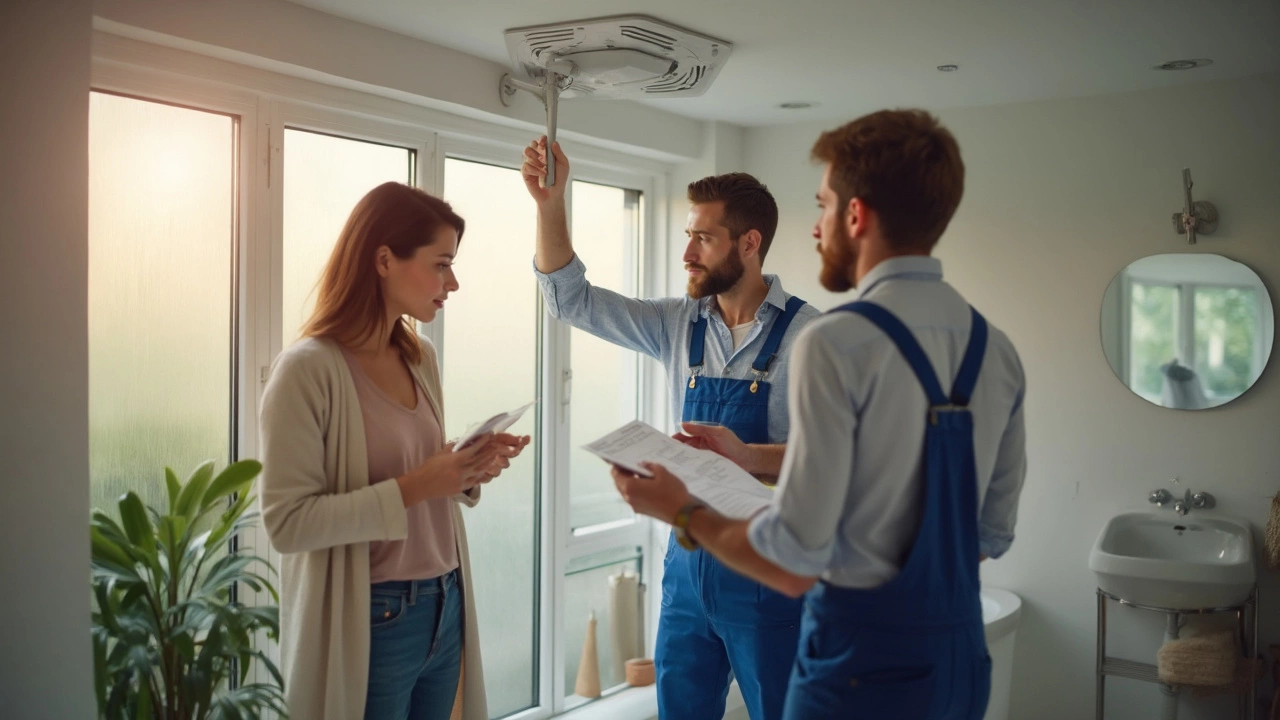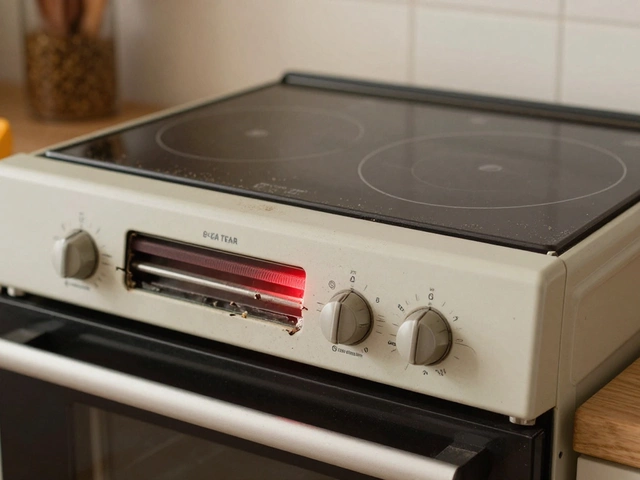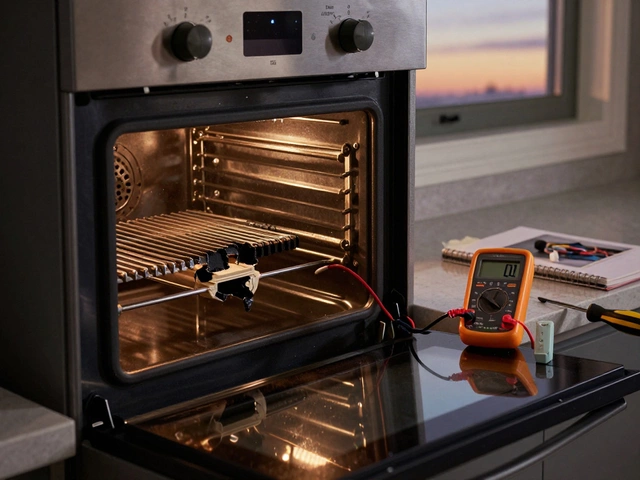Who Installs Extractor Fans?
When working with who installs extractor fans, the question is which trade is qualified to fit these ventilation units safely and legally. Also known as extractor fan installation, it involves understanding both the device and the building rules that apply. Most people think any handy person can bolt one on, but the reality is a bit more nuanced.
The two main professionals you’ll hear about are electricians, qualified to handle the electrical wiring that powers most kitchen and bathroom fans and ventilation specialists, experts in airflow dynamics who ensure the fan is sized and placed correctly. A third, often overlooked, player is the set of building regulations, legal standards that dictate where and how extractor fans must be installed in UK homes. Together they create a chain: the specialist decides the right fan, the electrician wires it up, and the regulations guarantee it meets safety and performance codes.
Why the Right Trade Matters
Imagine you buy a high‑CFM fan to clear steam from a busy kitchen. If a plumber tries to install it, they might miss the crucial electrical safety checks, putting you at risk of short circuits. Conversely, an electrician who isn’t familiar with ventilation principles might mount the fan too low, reducing its efficiency and causing excess noise. That’s why the who installs extractor fans decision matters: you need a blend of electrical know‑how and airflow expertise. In practice, many professionals wear both hats, holding certifications for electrical work and training in ventilation standards.
Regulation‑wise, Part F of the Building Regulations states that any kitchen or bathroom with a solid fuel appliance must have a mechanical extraction system. This rule doesn’t just apply to new builds; it also covers renovations. When you call a trade, ask them if they’re familiar with Part F and if they can produce a compliance certificate. That document is your proof that the job meets legal requirements, and it can be handy if you ever sell your home.
Cost is another angle. Electricians typically charge per hour for wiring, plus a call‑out fee. Ventilation specialists might quote a flat rate for sizing, ducting, and fitting. When both services are needed, you’ll likely see two invoices. Some firms bundle the work, offering a single price that covers design, wiring, and certification. Getting several quotes and asking each provider what part of the job they’re responsible for can prevent surprise charges later.
Safety checks don’t end at the wall plate. After installation, a qualified professional should test the fan’s amperage draw, ensure the circuit is protected by an appropriate fuse or breaker, and verify that the vent routes to the outdoors without leaks. These steps protect you from fire hazards and help the fan run efficiently, extending its lifespan. If a contractor skips these tests, you might notice humming, flickering lights, or a fan that never reaches full speed.
Maintenance expectations also tie back to who did the install. An electrician will likely advise you on the electrical aspects—like checking the plug and cord for wear. A ventilation specialist will give tips on cleaning the fan blades and filters, which can get greasy in kitchens or damp in bathrooms. Knowing which advice comes from which source helps you keep the system humming year after year.
Now that you understand the roles, certifications, and regulations, you’re ready to evaluate local providers. Below you’ll find articles that dive deeper into each angle—whether it’s choosing the right fan size, navigating UK building rules, or figuring out DIY limits. Use these guides to ask the right questions and make an informed hiring decision.
Thinking about getting an extractor fan fitted or fixed? Picking the right person for the job isn’t always obvious. From electricians to general handymen, this article shows exactly who you can trust to install or repair extractor fans. Expect real-world tips, insider facts, and plenty of details on safety, rules, and what usually goes wrong. Fixing that noisy or useless bathroom fan starts right here.


